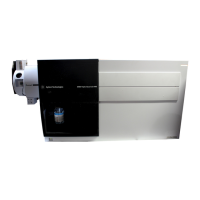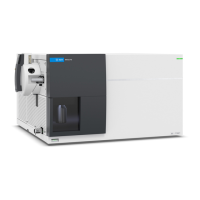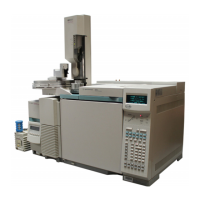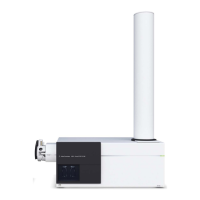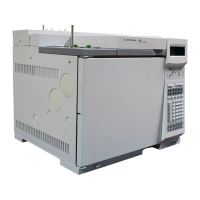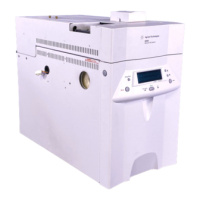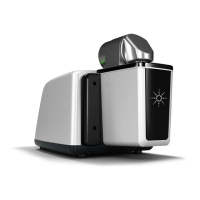Agilent Triple Quadrupole MS and Sensitivity 3
Collision cell
Agilent 6400 Series Triple Quad LC/MS Concepts Guide 59
Why a hexapole?
The geometry of a hexapole provides advantages in two
domains: ion focusing and ion transmission (Figure 27).
• The first advantage is in ion focusing where a quadrupole is
better than a hexapole, which is better than an octopole, that
is, quadrupole > hexapole > octopole.
• The second advantage involves ion transmission across
a
wide mass range, or m/z bandwidth. In this case, the
octopole is better than the hexapole, which is better than the
quadrupole.
The hexapole is chosen because, overall, it is the best for both
ion focusing and ion transmission.
Collision cell design
The collision cell hexapole consists of six resistively coated rods
used to generate a potential difference across the length of the
collision cell (Figure 28).
Figure 27 Broad mass range transmission and improved transmission efficiency using a hexapole

